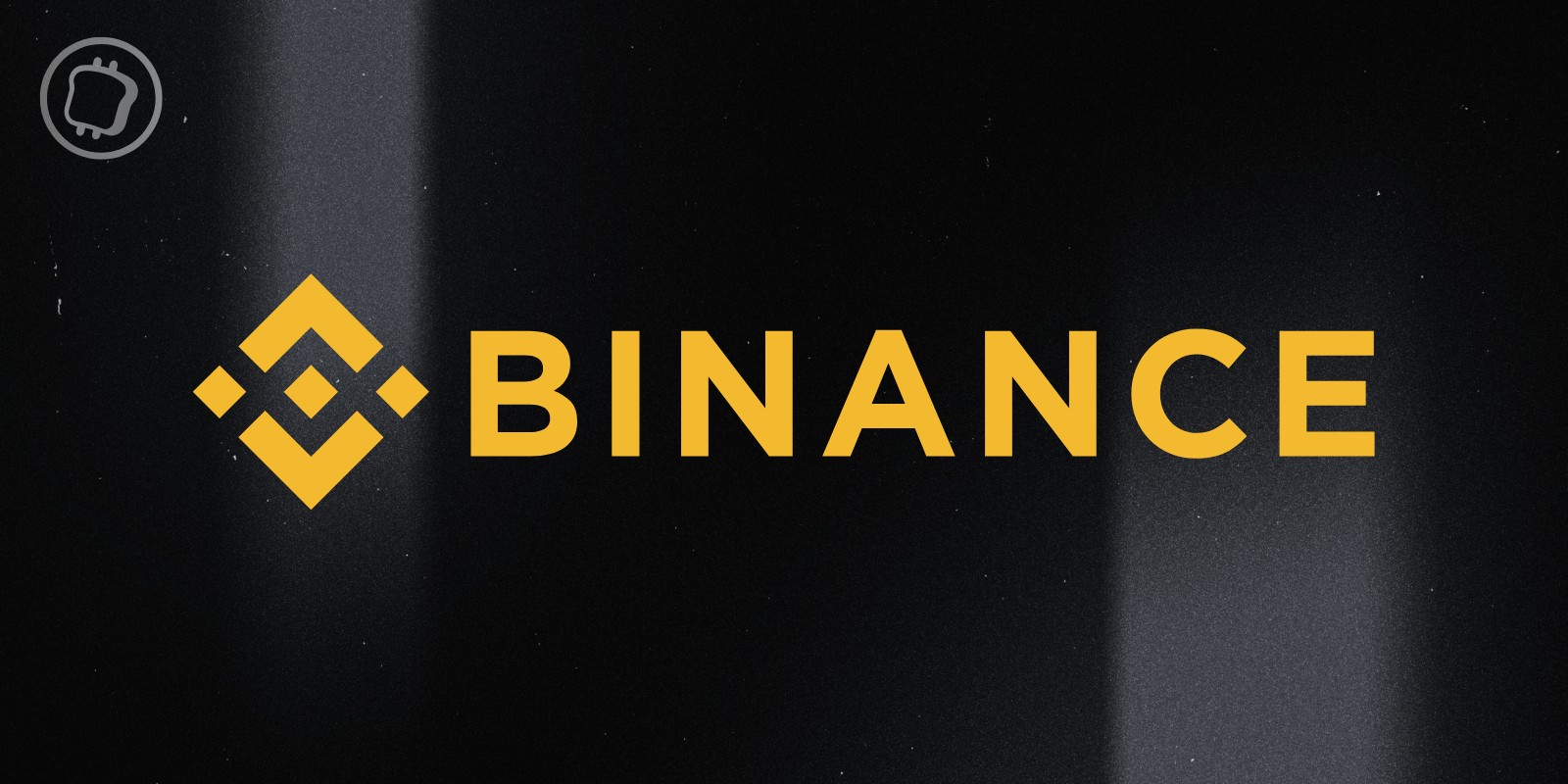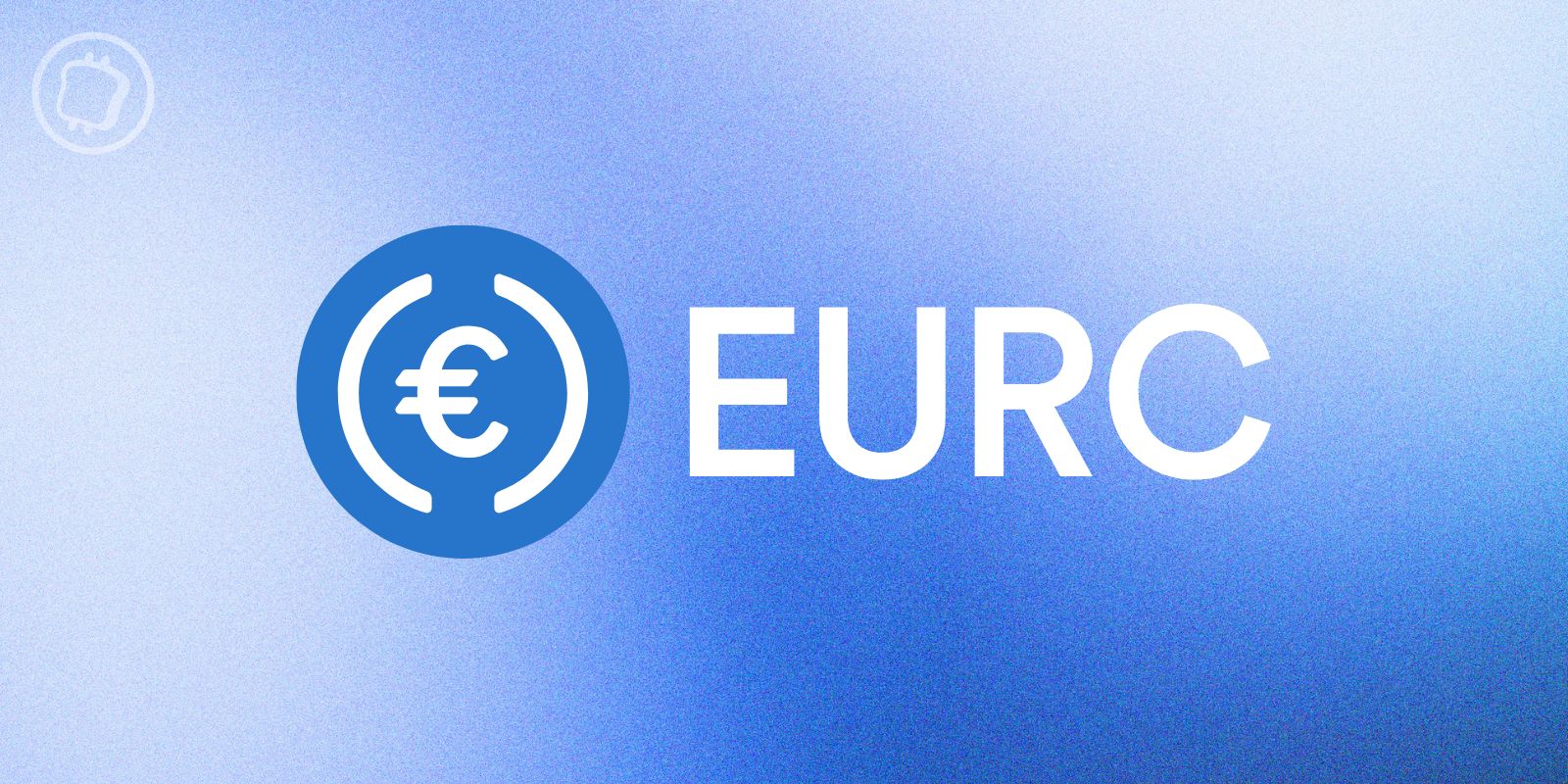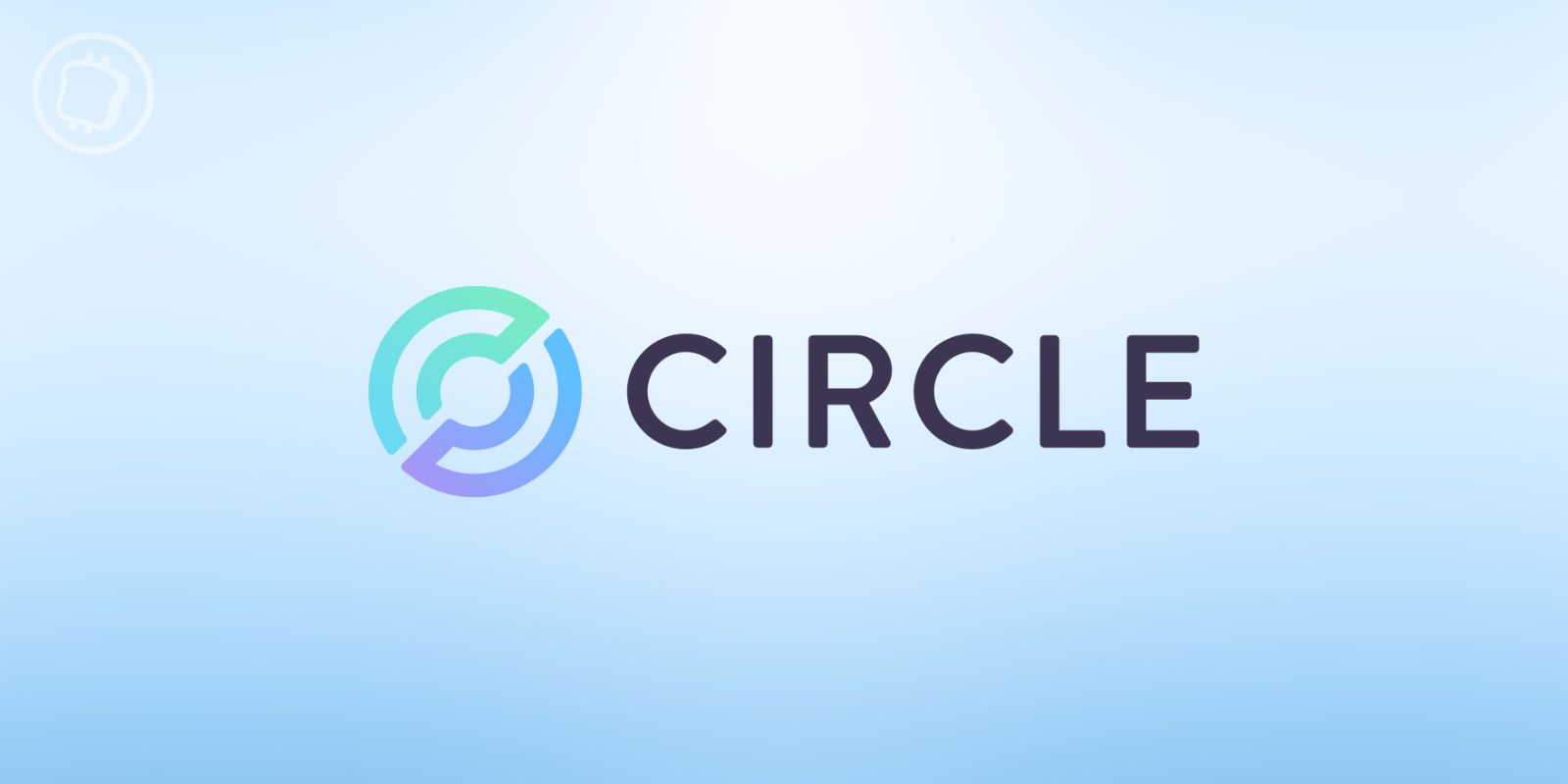A stealth address, or stealth address, is a feature of certain blockchains that enhances the confidentiality and anonymity of transactions. By concealing transaction details (sender, recipient and amount exchanged), stealth addresses are particularly useful for users who wish to protect their privacy. However, they can also be used by malicious individuals to conceal illicit activities.
What is a stealth address?
The use of blockchain is often associated with high transparencywith each transaction recorded and publicly verifiable. However, this transparency can be seen as a disadvantage. for certain users who wish to protect their privacy and identity. This is where stealth addresses come into play.
For example, an individual may want to purchase products or services that might be considered controversial or illegal in certain countries, and using a stealth address can help maintain privacy and to avoid being identified by third parties. In effect, Stealth addresses can be used to conceal transaction details: sender, receiver and amount exchanged.
These addresses are offered for the first time by Bitcoin developer Peter Todd in 2014. Originally, the mechanism for obtaining a stealth address uses a combination of various temporary, dynamic, single-use public and private keys. Some stealth addresses are then created using the Diffie-Hellman key exchange method.

On the Bitcoin (BTC) blockchain, BIP-47 (Reusable Payment Codes) compliant wallets produce a special “payment code” (beginning with “PM8T”) that never changes. This code can then be shared publicly, and once scanned or added by a compatible wallet, it generates unique and unused bitcoin (BTC) addresses between themwithout revealing any transaction or balance history.
One of the best known digital wallets compatible with BIP-47 is Samurai Wallet. He uses what he calls ” PayNyms so that users can send and receive BTC in a safe and private way.
Blockchains that implement stealth addresses typically use their own privacy protocols.
For example, the dedicated anonymity blockchain Monero (XMR) uses a combination of technologies, namely Circle Signatures and Circle Confidential Transactions, to camouflage the information on its blockchain as much as possible.
For its part, Zcash allows hiding the sender and receiver addresses of a transaction, as well as its amount, by using zero-knowledge proofs (zk-SNARKs).


1st Newsletter Free with the code TOASTNL

What are the downsides of stealth addresses?
Considering the ability of stealth addresses to cover their tracks and enhance the anonymity of bona fide cryptocurrency users, they are also an attractive option for individuals with malicious intent.
Indeed, by knowing the public address of an individual who has engaged in illicit activities, it becomes easy for the authorities to follow his transactions on the blockchain, and sometimes even to find his identity. However, if this individual uses stealth addresses, it becomes much more difficult to identify him. In essence, the life of the individual who engages in fraudulent activities is greatly facilitated by the use of stealth addresses.
Often, when the blockchain addresses linked to a hacker are identified, they are immediately blacklisted by all cryptocurrency exchanges and protocols in order to prevent him from selling his theft. If he uses stealth addresses, he can theoretically slip through the cracks and continue his malicious activities.
Moreover, public administrations totally disapprove of this lack of transparency and the fact that the value of a transaction can be concealed, as this can, in theory, allow taxable transactions to be camouflaged. So, it is likely that some jurisdictions outright ban the use of stealth addressesand worse, impose very strict rules on the use of compatible blockchains.

The best way to secure your cryptocurrencies


Newsletter
Receive a summary of crypto news every Monday by email
What you need to know about affiliate links. This page presents assets, products or services relating to investments. Some links in this article are affiliated. This means that if you buy a product or register on a site from this article, our partner pays us a commission. This allows us to continue to offer you original and useful content. There is no impact on you and you can even get a bonus by using our links.
Investments in cryptocurrencies are risky. Cryptoast is not responsible for the quality of the products or services presented on this page and could not be held responsible, directly or indirectly, for any damage or loss caused following the use of a good or service highlighted in this article. Investments related to crypto-assets are risky by nature, readers should do their own research before taking any action and only invest within the limits of their financial capabilities. This article does not constitute investment advice.
AMF recommendations. There is no guaranteed high return, a product with high return potential involves high risk. This risk-taking must be in line with your project, your investment horizon and your ability to lose part of this savings. Do not invest if you are not ready to lose all or part of your capital.
To go further, read our Financial Situation, Media Transparency and Legal Notices pages.











